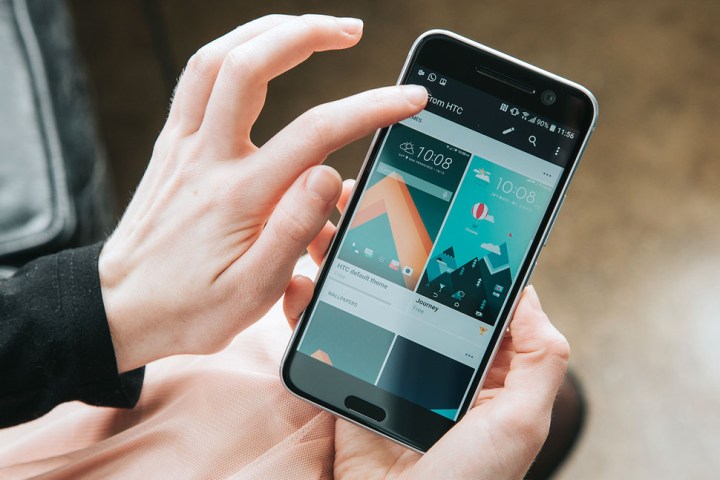
The unlocked Galaxy S7 and S7 Edge are compatible with all major carriers in the U.S., including Verizon, AT&T, T-Mobile, Sprint, and U.S. Cellular. Better still, the phones ship with a standard manufacturer warranty, and ship from just about every major electronics retailer under the sun: Samsung.com, Amazon, eBay, and brick-and-mortar stores like Best Buy, Target, and Sam’s Club. Pricing starts at $670 for the S7, and $770 for the S7 Edge.
“At Samsung, we listen to our customers to deliver meaningful innovation by offering an ecosystem of mobile products, services and experiences designed to enhance their mobile lifestyle,” the President of Samsung Electronics America said in a press release. “The unlocked Galaxy S7 and S7 Edge offer more U.S. customers a way to join the Galaxy family.”
The unlocked Galaxy S7 and S7 Edge are, in terms of hardware, identical to their locked counterparts. They both feature the same 5.1-inch AMOLED screen at a resolution of 1,440 x 2,560 pixels, Qualcomm’s Snapdragon 820 processor, 4GB of RAM, and a 12-megapixel rear-facing camera with f/1.7 aperture and optical image stabilization. The other internals aren’t any different, either. The unlocked S7 models sport 3,000mAh batteries, support for wireless charging, fingerprint sensors, and MicroSD card slots for expandable storage. The S7 and Edge also boast IP68 certification, which means they are dust-proof and water-resistant.
Software is a bit of a different story, but for the better… mostly. Unlike the carrier-specific S7 and S7 Edge models, the carrier-agnostic versions don’t give you any bloatware. You can even opt to remove Samsung’s suite of apps (e.g., a calculator, e-mail client, and browser) if you so choose, or decide to keep them indefinitely. Neither handset is entirely free of bloatware, unfortunately — Instagram, Facebook, WhatsApp, and Samsung’s Galaxy Apps store ship on both models — but that’s not too bad, especially when you compare it to carrier models like the Verizon S7 and S7 Edge, which come with nagging messages about up-charge services and dozens of apps pre-installed.
The unlocked S7 and S7 Edge go on sale today.


